All are curious about the inner workings and mysteries of underground criminals. I have earned millions forging 19th-century paintings and have learned hidden techniques, deceived authentication methods, and exploited shady dealers. I, the Impasto Imposter, am here to teach you how to create your own 1800s forgery from start to finish, including the factors behind each decision you must make. I have mastered copying the hand of French artist Gustave Courbet (1819-1877) and his unique use of the palette knife and thick impasto style.

My successful forgery of Courbet’s painting, Bord de la Mer, Palavas (1854, oil on canvas), and how he functions as an artist will be the basis of my examples. First, let’s review what to consider when selecting the artist and painting you want to copy.
Choosing your artist and painting
Choosing your artist is critical because we want our forgery to be as least suspicious as possible. So, even though a painting from Leonardo da Vinci or Johannes Vermeer would pay off very well, these artists have small oeuvres, and any ‘new’ work to appear would undergo a relentless amount of inspection. I chose to forge Courbet’s work because he created nearly 300 paintings (mostly of landscapes) in his lifetime, making it less likely for my forgeries to be recognized.
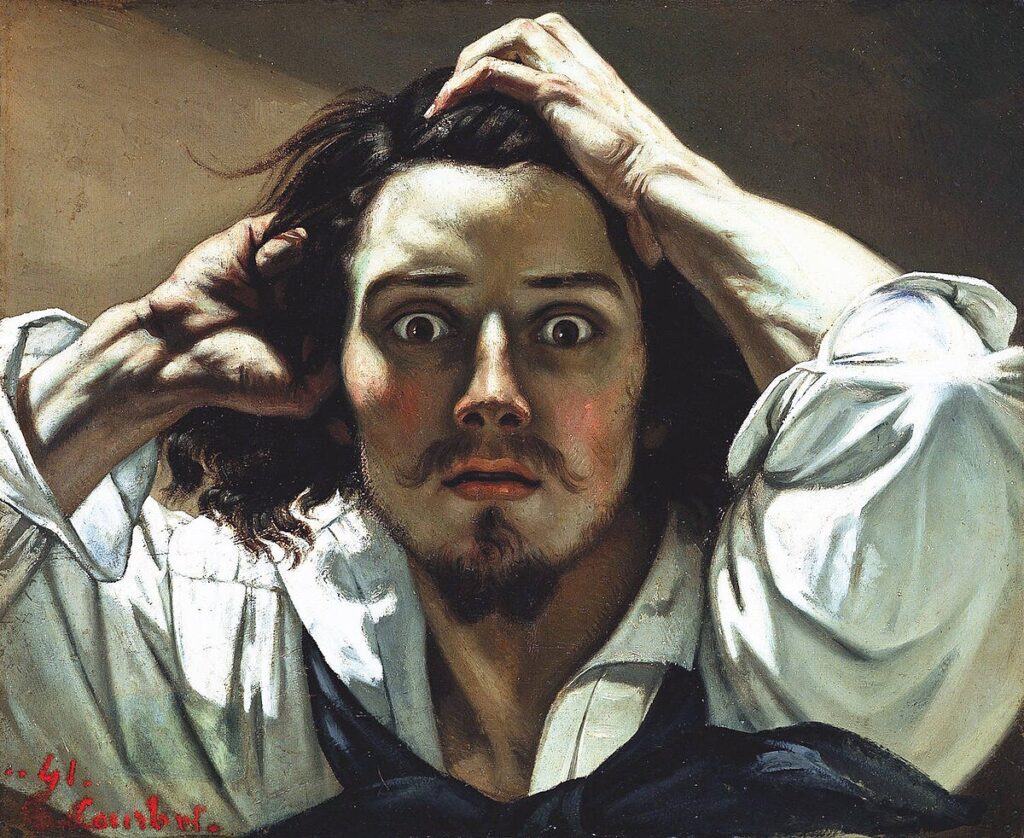
We want to create a forgery of an artist that people want to buy, so researching the market for your artists of interest is necessary. While Courbet is not in as high demand as the old masters, he is known as one of the first artists to utilize the palette knife as a paintbrush to apply thick layers of paint to give his paintings an interesting impasto texture. Due to his ingenuity, paintings now average between $100,000 to $1,000,000. I would also recommend looking into your artist’s work habits because it is not uncommon for artists to take shortcuts, allowing us some leeway for perfection. For example, Courbet signed his apprentices’ paintings nearly identical to his style to lighten his load of many commissions.
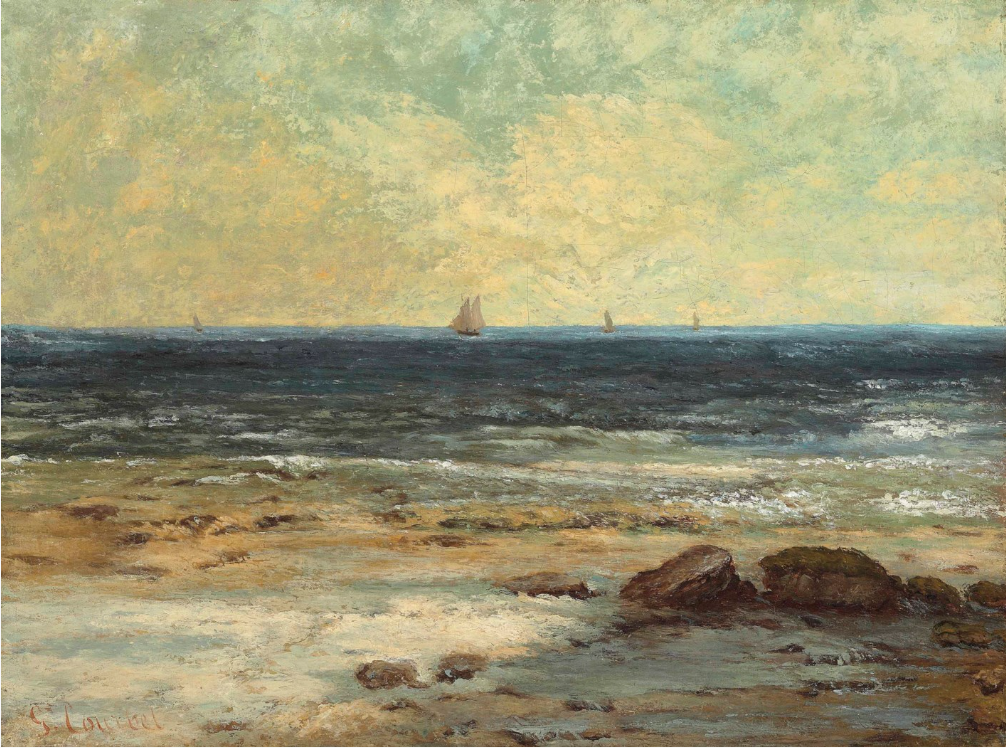
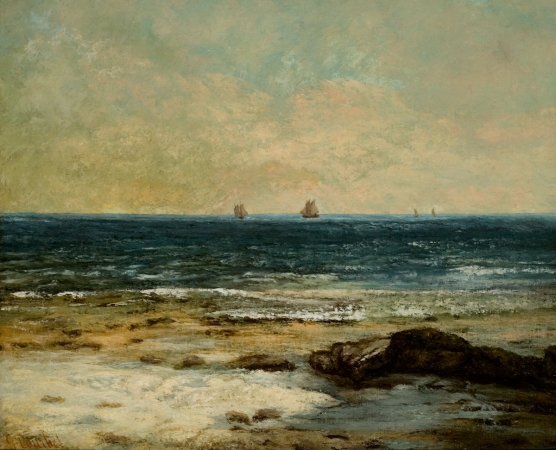
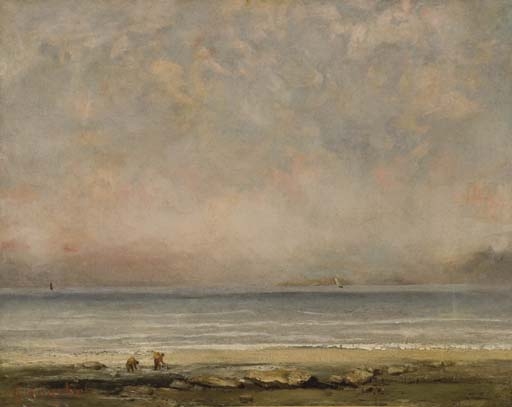
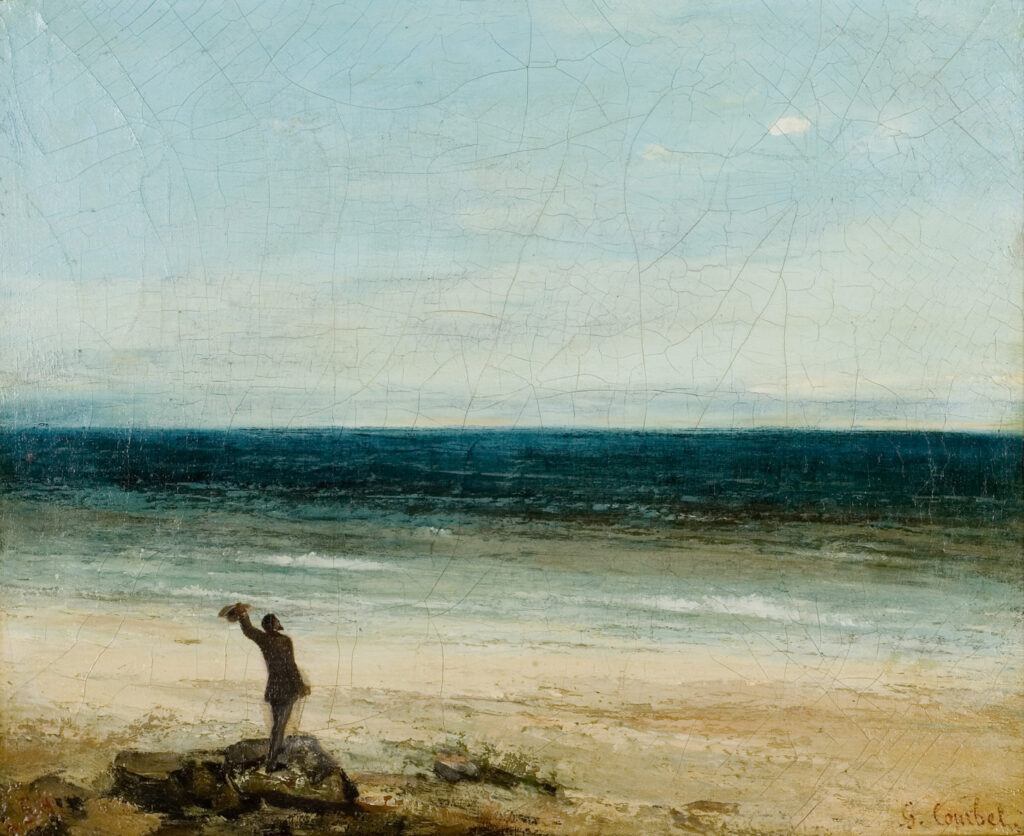
Choosing your painting is much easier once you have decided on an artist. Depending on whether you are creating an original painting or copying another, it is safest to create a familiar subject for the artist. My forgery of Bord de la Mer, Palavas, is a landscape he created multiple times, making only slight changes to its composition. I also recommend only recreating paintings that are part of private collections to save them from being recognized.